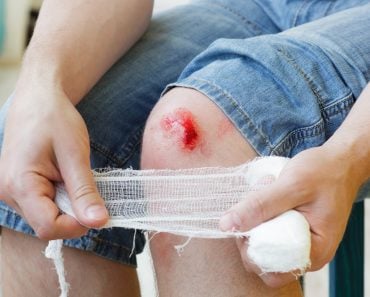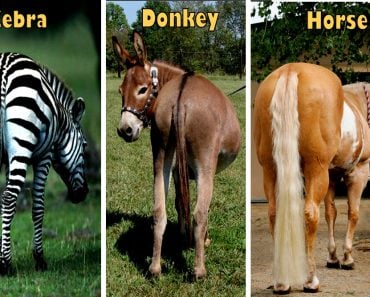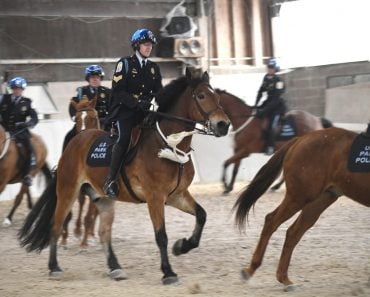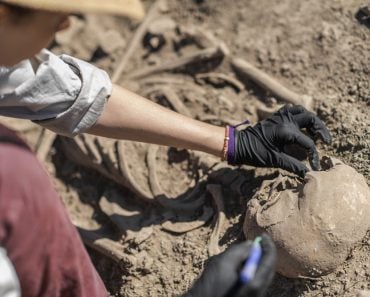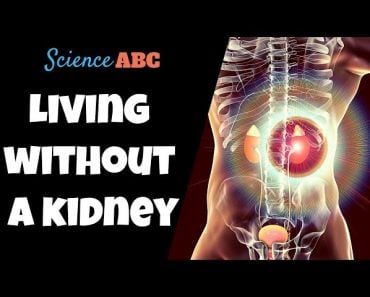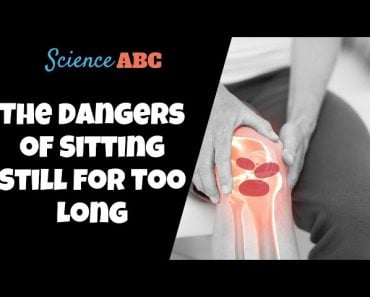A horse with a broken leg is usually killed because it is very difficult to heal a horse’s broken leg properly. In addition, the blood flow of a horse depends on its hooves. Keeping a horse still for a long period of time to allow its bone to heal is an enormous risk to its life. In addition, the cost of such treatment is quite high.
Horses are among the fastest and most magnificent animals in the world, and humans have had a special bond with them since the dawn of civilization. And for good reason!
They always stood out from other animals because of their breathtaking speed, unsurpassed strength, and physical performance.

Horses are heroes in our mythologies. We ride into war with them, and they’ve transported people and goods to far-off lands, and helped us in activities that require immense physical labor, so the engine power of a car is measured in “horsepower.”
In modern times, horses are more often seen competing with other horses on a racetrack or perhaps in a stable somewhere in the country.
There is, however, a fascinating—or rather disturbing—thing about horses: when a horse’s leg brakes, it’s tough to repair it. Unfortunately, that’s not the unfortunate part.
A horse with a broken leg (especially if the break is of the ‘wrong’ kind) is usually ‘put down’ or euthanized. In other words, the horse is killed.
Recommended Video for you:
Anatomy Of The Legs Of A Horse
Although racehorses usually suffer injuries and break their legs at race events, it can happen anytime – during leisure activities or simply while running around. In fact, quite a few fractures are the result of one horse kicking another.
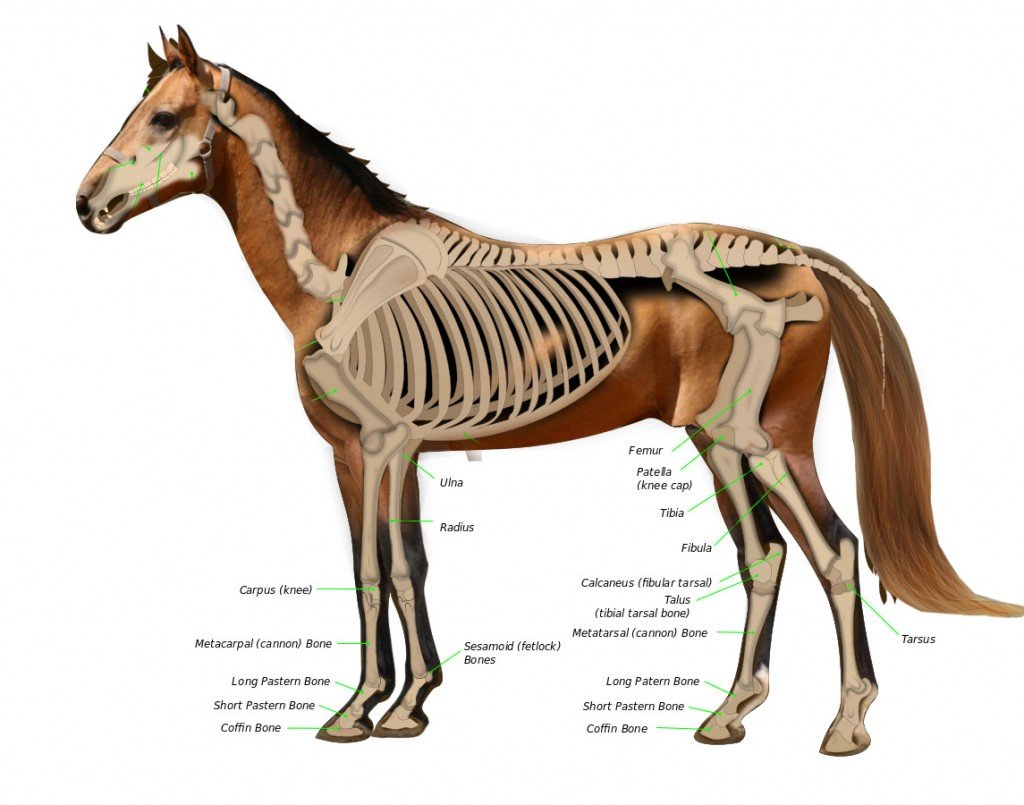
Horses’ Leg Bones Are Very Light
First, they have no muscles below the knee. The bones are supported by an excellent tendon-ligament system. The muscles located higher in the body give the tendons and ligaments enormous strength, which acts as a spring to help the horses sprint fast.
Such an arrangement of bones, ligaments, and tendons helps a horse accelerate quickly. Still, it also has its pitfalls: the bones in the lower leg of a horse, where most injuries occur, generate enormous forces but are also relatively light. To gallop as fast as horses do, the light bones are superb, but there’s too much weight on them, or if they jerk abruptly, they shatter instead of just crack.
Moreover, the lower leg has fewer blood vessels, which means it would take the horse more time to heal and recover.
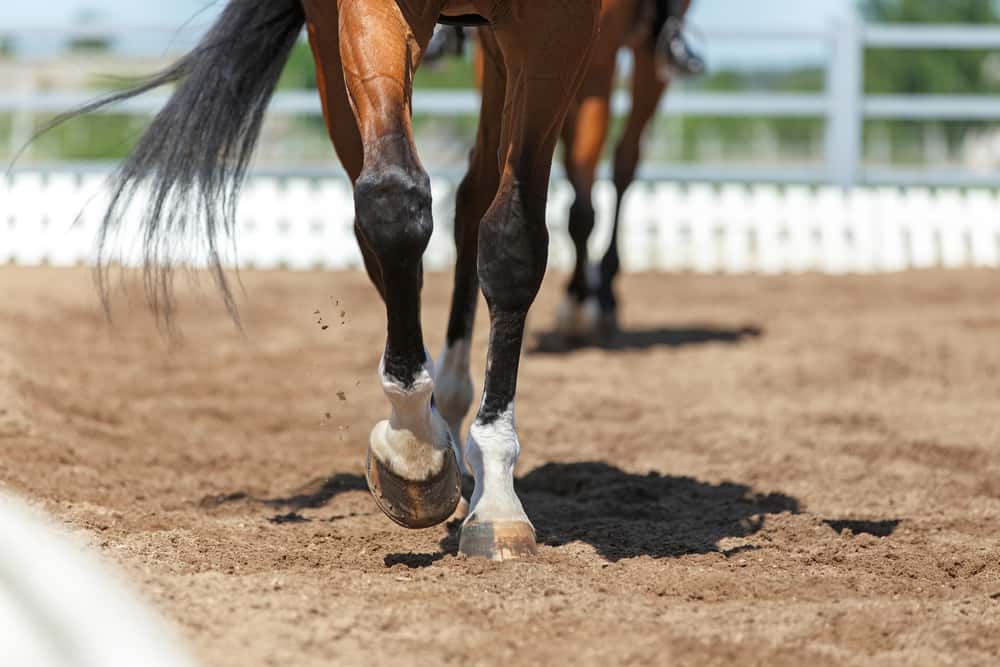
Impairment Of Blood Circulation
The hooves of a horse play a crucial role in its blood circulation. Muscles help push blood in the veins back towards the heart. Without any muscles below the knee, horses have a special mechanism in their hooves to pump blood back up towards their heart.
If a horse cannot move its legs, the blood circulation of its legs is negatively affected.
The Legs Of A Horse Carry Enormous Weight
A horse’s legs contain around 80 of the 205 bones in its entire body. Their front two legs support most of their weight, which is more than 500 kg, while the hind legs help push them ahead.
However, when a horse breaks one of its legs, the load on the other three legs suddenly increases dramatically, leading to severe inflammation in the laminates and joints at the base of these legs.
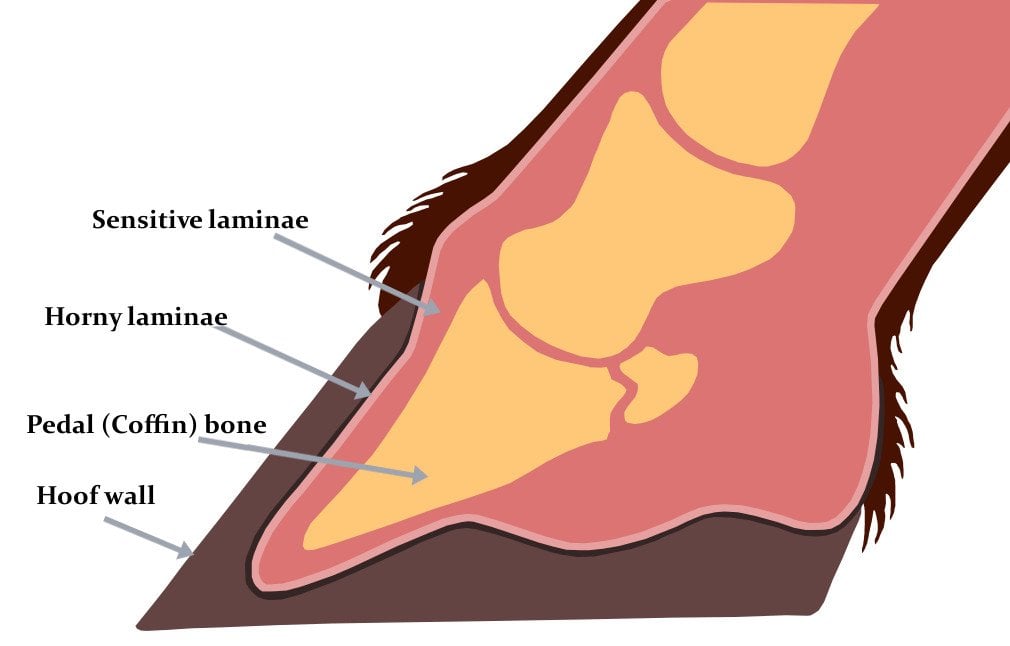
This disease, known as laminitis, is excruciating for horses. Laminitis also happens without an injury, such as if it has a metabolic condition, it walks on too many hard surfaces such as roads or has an insufficient diet. Laminitis can be treated, but not reversed. If the pain is unbearable and the laminitis is advanced, horses may be euthanized.
Treatment Is Challenging
Horses are very resistant to standing still. They resist any restriction on their legs by kicking, stomping or kicking up. All horse owners know that it is challenging to hold a horse in one place for too long or do anything that might contain its legs.
Although a broken leg must get some rest to allow the bones to heal properly, horse owners know they will have difficulty immobilizing their horse for days or weeks. Also, a horse with such a heavy body will develop pressure ulcers if it lies down for too long, and it’s challenging to get the horse to turn frequently.
This is not to say it is impossible to treat a horse with a fractured leg. Horses with less severe fractures, especially in their long bones, can and do recover with the proper medical care.
All of this also takes an emotional toll on the horse; it’s in a horse’s nature to run around and gallop, so staying in one place for weeks, totally immobilized, inflicts a lot of psychological damage on the horse.
Costs
The cost of fixing the broken bone of a horse leg is considerably high. Therefore, unless it’s a very special and expensive horse, people generally refrain from spending a lot on treating a horse’s leg, whose chances of complete recovery are pretty slim even with treatment.
There are a few owners giving prosthetics to horses’ who’ve had their legs amputated. Prosthetics for animals are common, and dogs frequently get them. But, a prosthetic for a large, heavy horse is much more of a challenge than a much smaller and tinier dog.
Many contend that to spare the horse too much pain and agitation, it is better to euthanize the horse. Of course, there are strict guidelines on making humane decisions when it comes to euthanasing a horse to ensure that the horse concerned does not feel too much pain when leaving this mortal world.
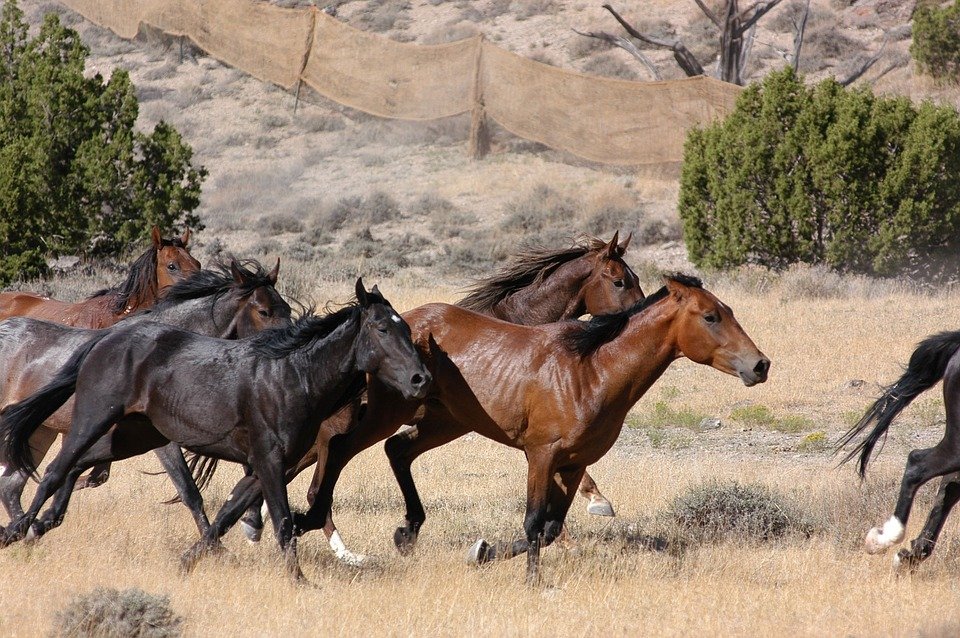
References (click to expand)
- Thoroughbred Race Day Injury Management.
- http://web.archive.org/web/20220512072028/https://aces.illinois.edu/news/equine-limb-fractures-whats-prognosis
- Joints: It All Hinges on This - The Horse.
- The Significance of a Horse's Chest Sling Muscles.
- Is a horse's leg bone bigger than a human leg bone? If so ....
- Laminitis.
- Pollard, D., Wylie, C. E., Newton, J. R., & Verheyen, K. L. P. (2020, January). Factors associated with euthanasia in horses and ponies enrolled in a laminitis cohort study in Great Britain. Preventive Veterinary Medicine. Elsevier BV.
- Lenz, T. R. (2009, May). The Unwanted Horse in the United States: An Overview of the Issue. Journal of Equine Veterinary Science. Elsevier BV.
- EMBERTSON, R. M., BRAMLAGE, L. R., & GABEL, A. A. (1986, May). Physeal Fractures in the Horse II. Management and Outcome. Veterinary Surgery. Wiley.
- How the Horse's Hoof Functions.


